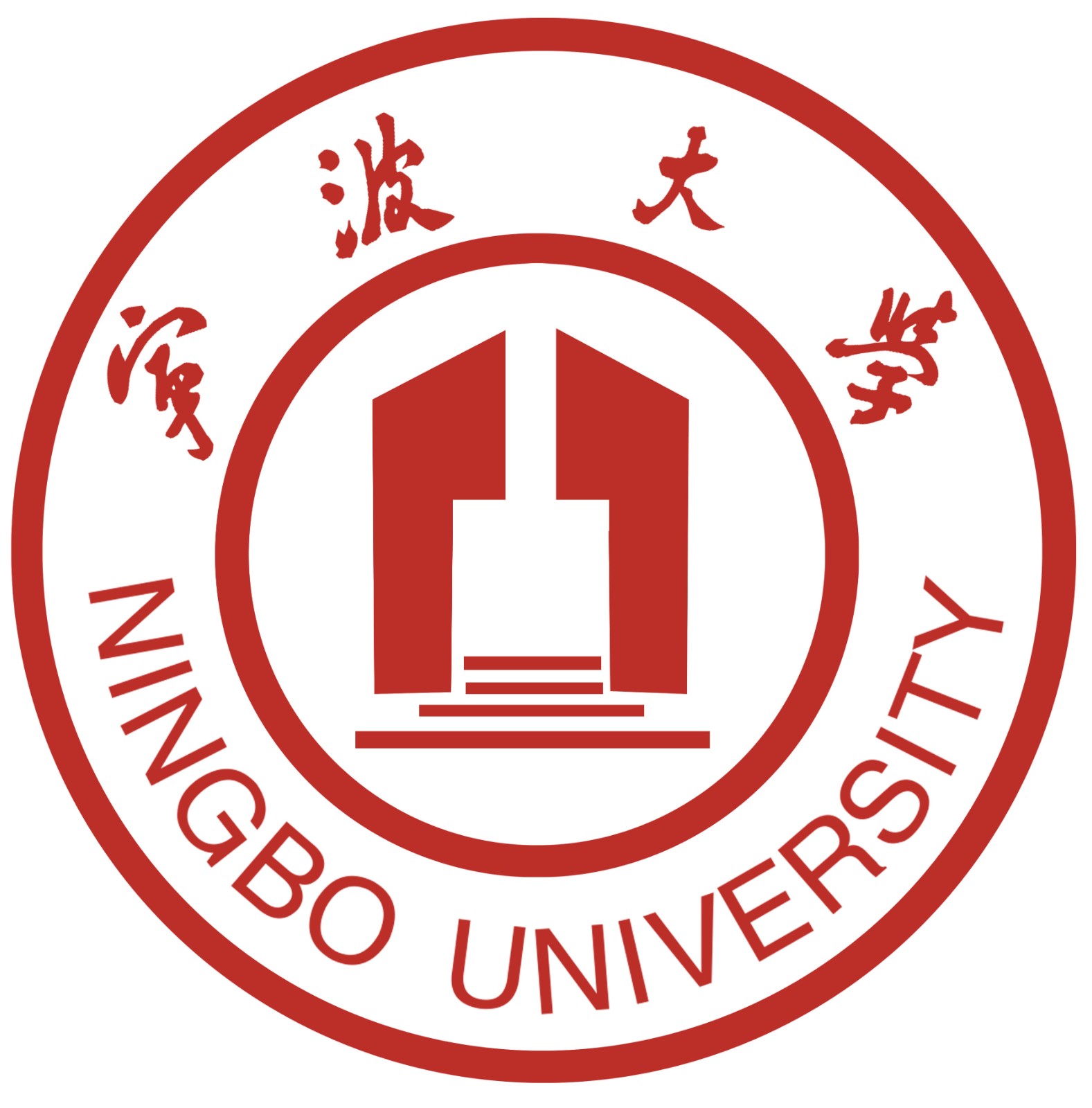CO2膜分离技术是一种快速发展的二氧化碳捕集技术,具有能耗低、设计简单、环境友好、占地面积小等明显优势。然而,现有聚合物膜存在渗透性和选择性之间制衡关系,即高渗透性聚合物膜通常选择性较差,反之亦然,即Robeson上限。为了克服这个问题,混合基质膜(MMMs)将无机纳米填料引入聚合物膜中,有望突破Robeson上限。其中,二维(2D)纳米片(NSs)作为MMMs中的纳米填料,具有特定层间距构筑的CO2传输通道,在克服渗透性和选择性之间的权衡方面展现出良好前景。但有效调节2D NSs的层间间距对MMMs的分离性能仍然是一个挑战。在该工作中,通过插入不同碳链(C1-C4)的阴离子来调节层状双金属氢氧化物(LDH)的层间距,并将LDH NSs成功引入到商用聚醚嵌段酰胺(PEBAX 1657)中,用于制备高性能CO2分离的MMMs。研究结果表明:1、增加LDH NSs的层间距和插入特定官能团有助于促进CO2的快速渗透,所制备的PEBAX/LDH MMMs(P-LDH系列)表现出良好的CO2渗透性,同时具有良好的CO2/N2和CO2/CH4选择性。2、甲醇后处理能够使所制备的PEBAX/LDH MMMs的微结构得到优化,有效解决了MMMs的界面缺陷,大幅促进了CO2渗透选择性,并系统研究了LDH NSs层间距和甲醇后处理的协同效应。结果表明:甲醇处理的MMMs(M-P-LDH系列)展现出显著增强的CO2渗透性,出色的CO2/N2选择性,以及在特定条件下长期运行的稳定性,超过了2008年的Robeson上限,几乎突破了2019年CO2/N2Robeson上限。
Abstract
Two-dimensional (2D) nanosheets (NSs) have shown significant promise as nanofillers in mixed-matrix membranes (MMMs) for overcoming the trade–off between permeability and selectivity. However, the effective regulation of the interlayer spacing of 2D NSs on the separation performance of MMMs remains a challenge. In this study, we adjusted the interlayer spacing of 2D NSs by intercalating layered double hydroxide (LDH) with different anions. The LDH NSs were embedded in a commercial polyether–block–amide (PEBAX 1657) to form MMMs for CO2 separation. The results of our study indicated that increasing the interlayer spacing and intercalated carboxyl groups of the LDH NSs facilitated the fast permeation of CO2 through the membranes. The prepared PEBAX/LDH MMMs (P–LDH series) exhibited promising CO2 permeability, accompanied by good CO2/N2 and CO2/CH4 selectivities. In addition, we demonstrated that methanol enabled the microstructure optimization of the prepared PEBAX/LDH MMMs. The synergistic effects of the intercalated LDH NSs and methanol post–treatment were studied to improve CO2 separation. The prepared MMMs were subjected to scanning electron microscopy (SEM), X-ray diffraction (XRD), FTIR, thermogravimetric analysis (TG), time-lag, positron annihilation lifetime spectroscopy (PALS), and mechanical tests. Methanol-treated MMMs (M–P–LDH series) showed significantly improved CO2 permeability, outstanding CO2/N2 selectivity, and excellent stability for long-term operation under harsh conditions, surpassing Robeson's 2008 upper-bound limit.

Journal of Membrane Science, 670, (2023), 121345 https://doi.org/10.1016/j.memsci.2023.121345
